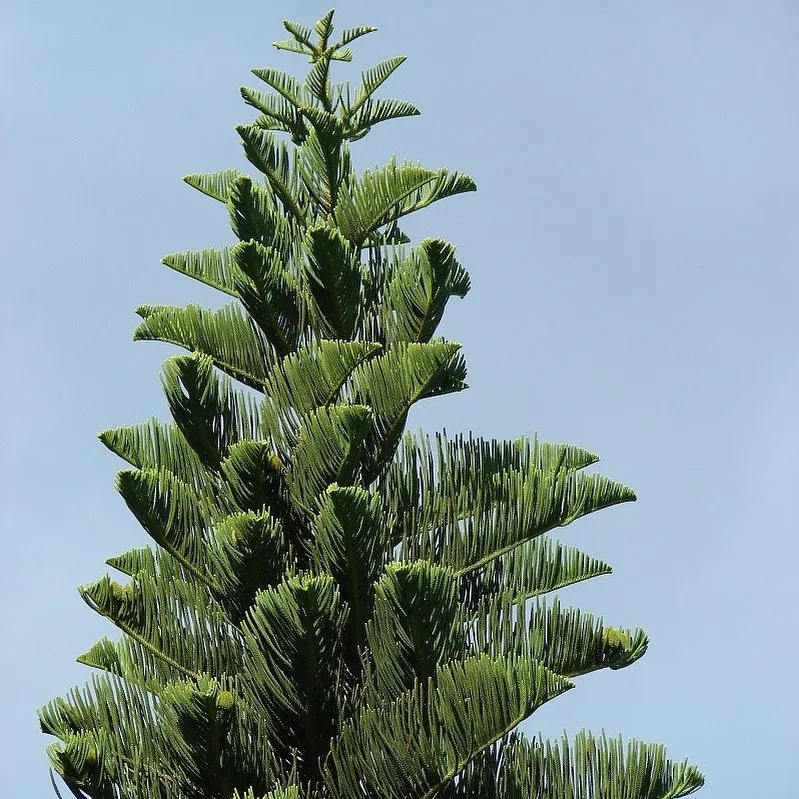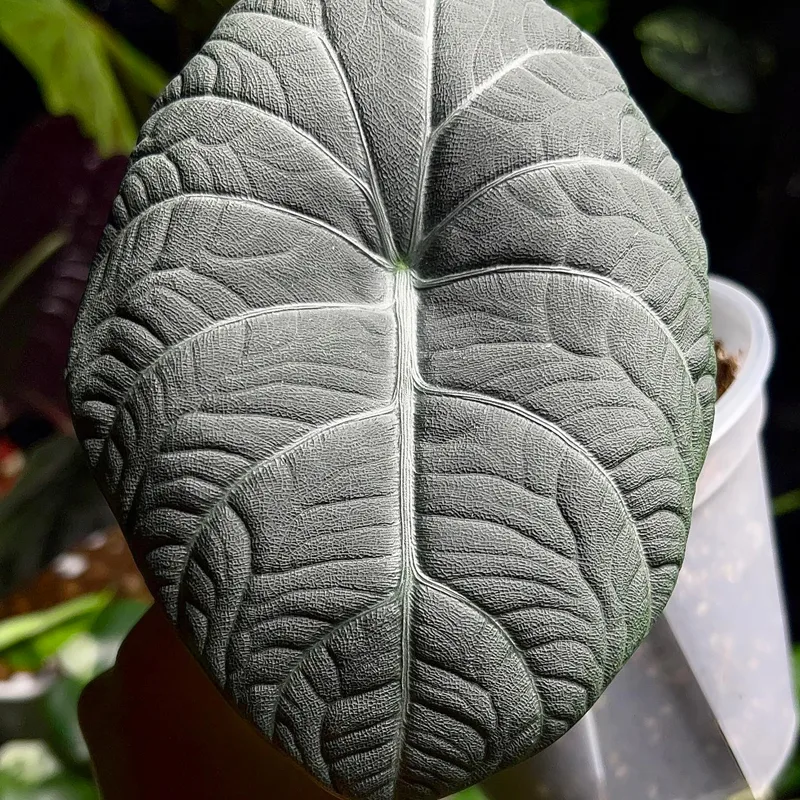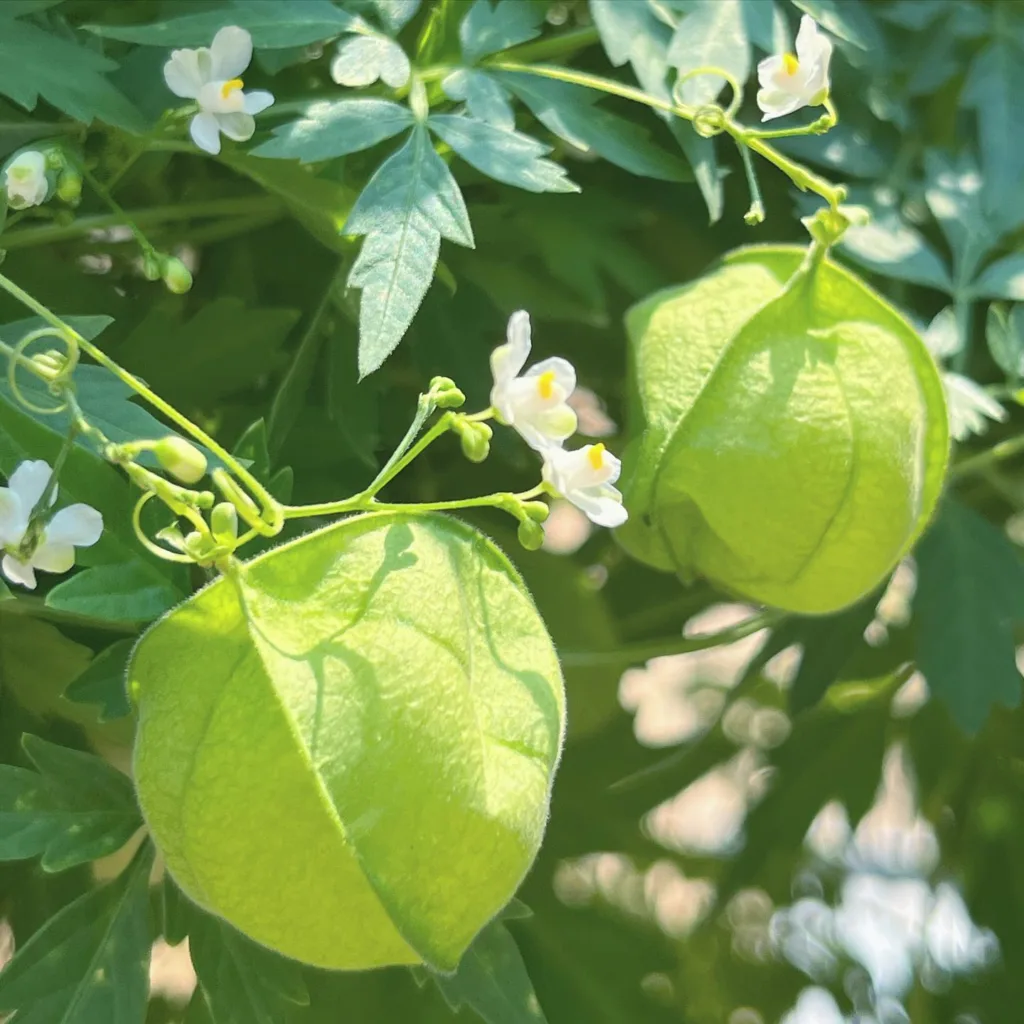FAQs About Ariocarpus Retusus
Ariocarpus Retusus is a unique and fascinating succulent that has captured my attention for years. As I’ve learned more about it, I’ve come across many questions from fellow plant enthusiasts. Here, I’ll share some insights and frequently asked questions about this intriguing plant.
8 Species in Genus Ariocarpus
What Is Ariocarpus Retusus?
Ariocarpus Retusus is a slow-growing cactus native to northeastern Mexico. It’s known for its distinctive, flat, star-shaped body and tubercles that resemble a brain or rock formation. Unlike typical cacti, it lacks spines, making it stand out in the succulent family. This unique appearance has earned it nicknames like “Living Rock” and “Stone Cactus.”
How to Care for Ariocarpus Retusus?
Caring for Ariocarpus Retusus requires attention to its specific needs. Here are the key points I focus on:
- Light: It thrives in bright, indirect sunlight. Direct, harsh sunlight can scorch its skin. I usually place mine near a window that receives filtered light.
- Watering: This cactus prefers dry conditions. I water it sparingly, allowing the soil to dry completely between waterings. During the growing season (spring and summer), I might water every two to three weeks, while in the dormant months (fall and winter), I reduce watering significantly.
- Soil: A well-draining soil mix is crucial. I use a cactus mix or create my own by mixing potting soil with sand and perlite. Good drainage prevents root rot, which can be fatal for this succulent.
- Temperature and Humidity: Ariocarpus Retusus prefers warmer temperatures, ideally between 70°F and 90°F (21°C to 32°C). I keep it in a spot with low humidity, as too much moisture can lead to issues.
How to Propagate Ariocarpus Retusus?
Propagation can be tricky but rewarding. Here’s how I’ve successfully propagated mine:
- Seeds: This is the most common method. I collect seeds from mature plants and sow them in a sandy mix. I keep the soil moist but not soggy, and I provide warmth and bright light to encourage germination.
- Offsets: Occasionally, my Ariocarpus Retusus produces offsets. When this happens, I gently separate the offset from the main plant using a clean, sharp tool. I let the cut surface dry for a day or two before planting it in well-draining soil.
What to Plant with Ariocarpus Retusus?
Pairing Ariocarpus Retusus with other plants can enhance its beauty. I enjoy grouping it with other succulents and cacti that have similar care requirements. Some great companions include:
- Echeveria: Their rosette shapes and colorful leaves complement the unique form of Ariocarpus.
- Haworthia: These small, hardy succulents create a lovely contrast in texture and color.
- Other Cacti: If you want a desert theme, consider planting it with smaller cacti that also prefer well-draining soil.
Is Ariocarpus Retusus Toxic?
Ariocarpus Retusus is non-toxic to both humans and pets. This fact gives me peace of mind, especially since I have a curious dog who loves to explore my plant collection. However, it’s always wise to monitor pets around any plants.
Benefits of Growing Ariocarpus Retusus
Beyond its aesthetic appeal, growing Ariocarpus Retusus offers several benefits:
- Low Maintenance: Its minimal watering needs make it perfect for busy lifestyles.
- Unique Aesthetic: It adds a distinctive touch to any collection, often sparking conversations among visitors.
- Longevity: With proper care, these cacti can live for decades, becoming a cherished part of your home.
Common Problems with Ariocarpus Retusus
While it’s generally a resilient plant, I’ve encountered a few common issues:
- Overwatering: This is the leading cause of problems. I ensure my soil dries out completely before the next watering.
- Pests: Watch out for mealybugs and spider mites. If I notice any, I treat them promptly with insecticidal soap or neem oil.
- Rot: Fungal rot can occur if the plant is kept in overly humid conditions. I make sure to keep the environment dry and airy.
Comparing Ariocarpus Retusus with Similar Cacti
Ariocarpus Retusus is often confused with other cacti like Ariocarpus Fissuratus and Astrophytum Asterias. Here’s how they differ:
- Ariocarpus Fissuratus: This plant has a more prominent fissured appearance and typically produces flowers more readily than Retusus.
- Astrophytum Asterias: Known as the star cactus, it features a more rounded shape with spines, unlike the smooth, spine-less Retusus.
Conclusion
Ariocarpus Retusus is a remarkable plant that’s not only visually appealing but also rewarding to care for. Whether you’re a seasoned collector or a beginner, I hope these FAQs help you appreciate and nurture this fascinating succulent. Happy planting!
If i die, water my plants!



